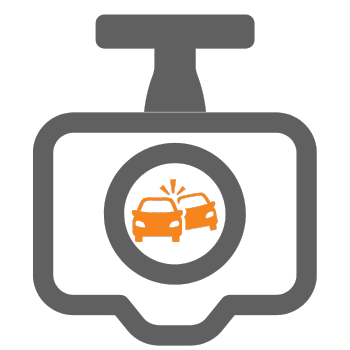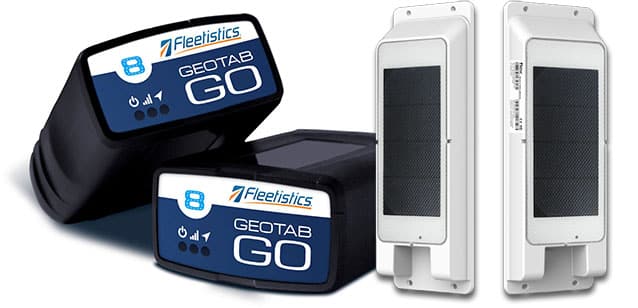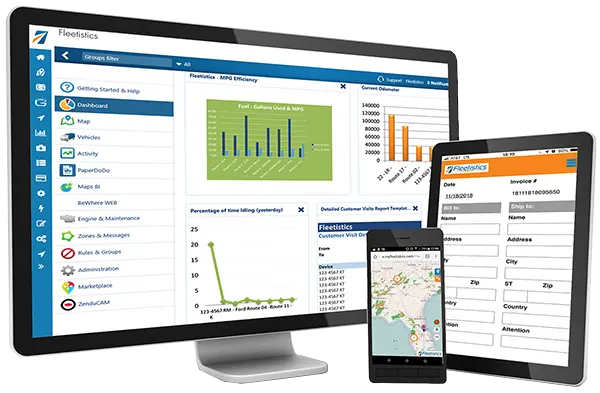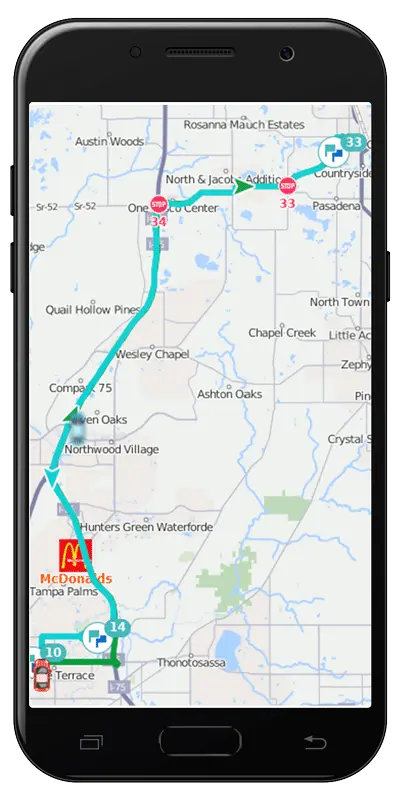The Shifting Horizon
Imagine a long-haul trucker barreling down I-80 at dusk, hauling the weight of an entire supply chain behind him. The tires hum a familiar rhythm. The landscape changes, but the engine’s roar has stayed the same for decades diesel-fed, powerful, and polluting. Now, picture the horizon shifting. Not just the terrain, but the entire framework that supports that trucker’s journey. That’s what the looming diesel emissions regulations feel like: not just a new rulebook, but a rewiring of the game.
So, are these new diesel emissions regulations too tough to meet? The answer depends on where you’re standing. If you’re in the driver’s seat of a legacy fleet, running on tight margins and older engines, it might look like a mountain range rising out of nowhere. But if you’re an engineer in a lab, a policymaker envisioning cleaner skies, or a tech innovator with battery blueprints sprawled across a table, it might just look like progress—long overdue.
The Diesel Emissions Regulations Landscape
The EPA and other governing bodies aren’t just tossing out numbers arbitrarily. The regulations—aimed at reducing nitrogen oxides (NOx), carbon dioxide (CO₂), and particulate matter—are built on years of climate data, health research, and urban air quality reports. According to the World Health Organization, air pollution is responsible for over 4 million premature deaths annually. Commercial vehicles, though just a fraction of vehicles on the road, disproportionately contribute to that number. A single diesel truck can emit as much NOx in a year as dozens of passenger cars.
These regulations, then, are a response to a crisis, not an experiment in overreach. They aim to phase in stricter standards by 2027 and beyond, targeting not just new vehicles, but also introducing mechanisms to ensure older fleets aren’t left to belch smoke indefinitely.
But as any seasoned fleet manager will tell you, transforming an industry isn’t like flipping a switch. Trucks aren’t phones. You can’t just upgrade to a new model every two years without bankrupting your operation. That’s where the tension lies: between aspiration and application.
The Engine Room
To assess the feasibility of these regulations, we have to descend into the engine room of commercial transportation—into the mechanics, economics, and the human habits powering the sector.
On the technical front, meeting the proposed standards is possible. Diesel engine technology has come a long way, with advanced exhaust after-treatment systems, low-NOx engines, and hybrid drivetrains making significant strides. Electric trucks are no longer science fiction; Tesla, Freightliner, and Volvo have already released commercial prototypes. Hydrogen fuel cell technology is progressing as well, especially for long-haul routes where battery limitations still pose challenges.
The real issue isn’t capability; it’s cost and infrastructure. Electrifying a fleet is like adopting a new language. It requires training, charging stations, grid upgrades, new maintenance protocols, and capital—lots of it. For small and medium-sized logistics companies already squeezed by inflation, fuel volatility, and driver shortages, the upfront expense is daunting.
It’s not just about buying cleaner trucks; it’s about overhauling the entire ecosystem that keeps those trucks on the road. Imagine replacing every gas station with a charging depot and convincing every driver, mechanic, and dispatcher to relearn their craft. It’s no small feat.
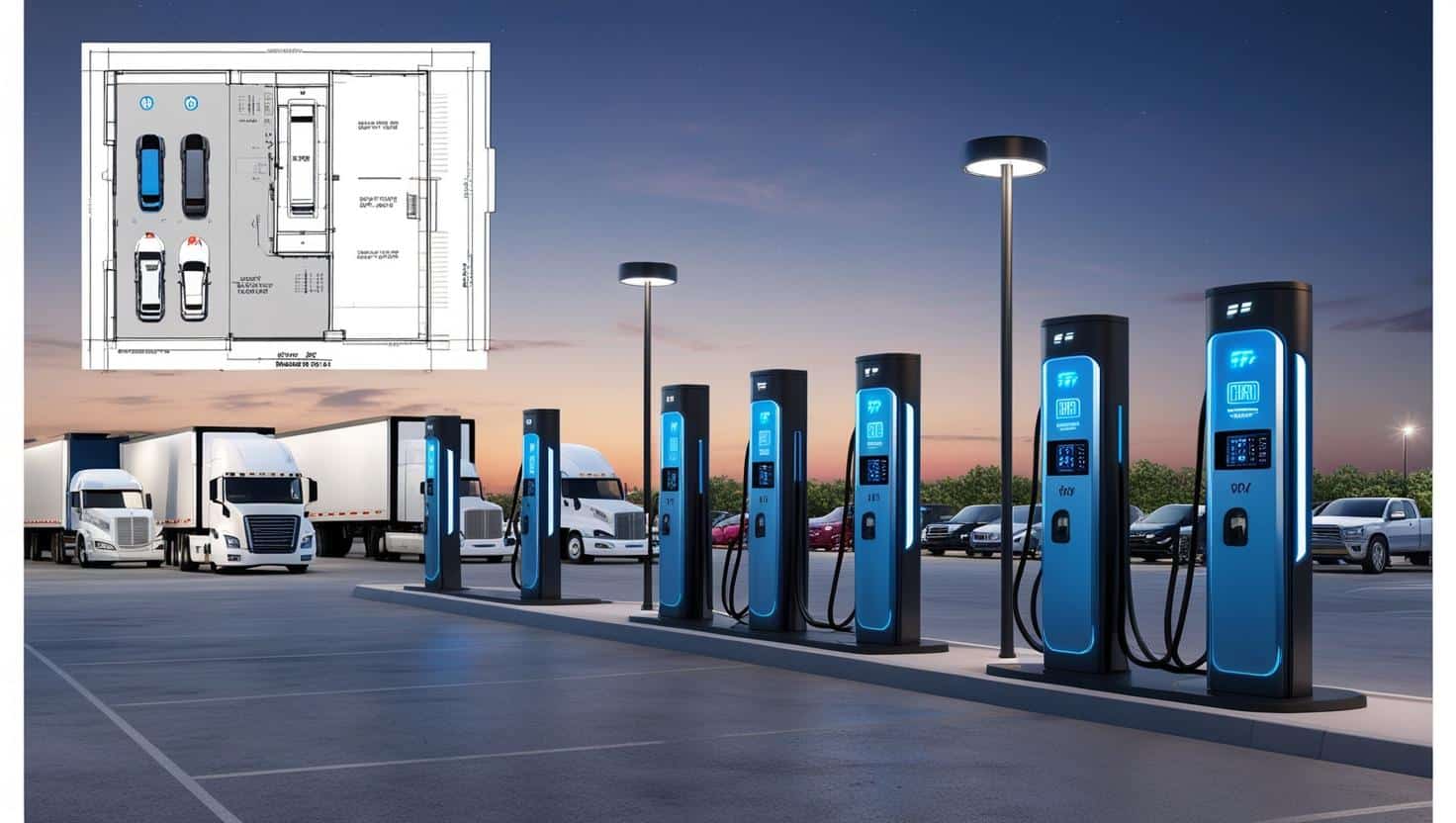
The Cultural Shift
There’s another layer to this: the cultural resistance within the industry. Trucking is a proud, tradition-rich world. It runs on diesel and independence. The smell of oil and the growl of an engine aren’t just mechanical, they’re symbolic. For many, diesel emissions regulations feel like an intrusion from outsiders who don’t understand the intricacies of the job.
This emotional resistance is real, and policymakers underestimate it at their peril. Change management is just as crucial as engineering breakthroughs. The success of these regulations will hinge not just on compliance but on collaboration—with industry leaders, driver unions, and tech developers all pulling in the same direction.
We’ve seen glimpses of this already. California’s Advanced Clean Trucks rule has pushed manufacturers to start innovating aggressively. Some fleets are embracing pilot programs for electric and hybrid vehicles. Public-private partnerships are emerging to fund infrastructure upgrades. But there’s a long road ahead, and some operators are still stuck in neutral.
Diesel Emissions Regulations – The Bigger Picture
Looking at the broader picture, this issue isn’t only about trucking or diesel emissions regulations – it’s about timing. We’ve relied heavily on natural resources without always weighing the long-term effects. Environmental changes are concerning, floods and wildfires seem to occur more often, and ecosystems are facing strain. Meanwhile, discussions about how much of it is due to natural cycles and how much we have contributed to it continue.
Seen that way, these rules aren’t harsh, they warrant serious study, consideration and common-sense compromise. Sure, they’re bold and call for change, effort, and money, but so did ditching leaded gas, cleaning up the air, and building more fuel-efficient engines. Meaningful change always seems impossible at first.
We’re not being asked to do the impossible. We’re being asked to do a hard thing. And that’s a distinction worth repeating.
The Road Forward
So how do we bridge the gap between where we are and where we need to be?
- First, incentives must match ambition. Rebates, grants, tax credits, and low-interest loans will be essential to help fleets transition. The burden can’t fall entirely on the private sector, especially smaller players.
- Second, infrastructure investment must accelerate. We need charging networks, renewable energy sources, and cleaner logistics hubs. If we want electric trucks to thrive, we must lay the road before the wheels touch it.
- Third, innovation must continue—relentlessly. Lightweight materials, AI-powered route optimization, regenerative braking, and hybrid systems can all help ease the burden of compliance.
- And finally, storytelling matters. The narrative around these regulations shouldn’t be one of punishment, but of possibility. WIN – WIN – WIN! Cleaner fleets mean healthier communities, quieter cities, and a profitable logistics sector that can boast about their contribution. The burdens associated with making this happen should not all fall upon one sector.
Conclusion: The Metaphor That Matters
To return to our trucker at dusk: the road ahead is foggy, yes, but the headlights are on. The map is updated. The engine is capable – maybe even upgraded. The climb may be steep, but the view from the summit… clear skies, fresh air, and the knowledge that we didn’t just drive the road, we helped to pave it.
No, the regulations aren’t too tough. They’re tough enough to meet the moment, but need to be incentivized and positively encouraged, not forced upon a single sector to bear the cost.
Try it before you buy it!
Meet with us before you invest Camera, GPS Tracking & Telematics to experience the Fleetistics difference.

